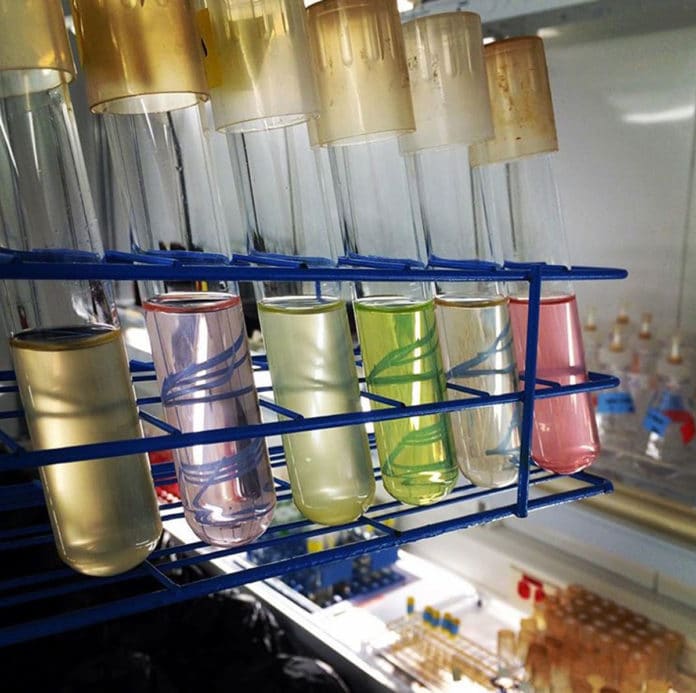In the surface ocean, phytoplankton transforms inorganic substrates into organic matter that fills the movement of heterotrophic microorganisms, making intricate metabolic systems that determine the extent of carbon recycling and storage in the ocean. However, the diversity of organic molecules and cooperating living beings have hindered the detection of specific relationships that intercede with this large flux of energy and matter.
The open ocean contains tiny organisms — phytoplankton — that perform half of the photosynthesis on Earth, creating oxygen for animals on land.
Scientists in a new study observed how photosynthetic microbes and ocean bacteria use sulfur, a plentiful marine nutrient.
Sulfur is the odorous component that gives shorelines their particular smell. The new examination focused on sulfonates, in which a sulfur atom is associated with three oxygen atoms and a carbon-based molecule. In the sea, phytoplankton uses energy from the sun to create sulfonate molecules. Bacteria at that point, devour the phytoplankton to gain nutrients and energy.

Scientists drew on the recent genetic studies of soils to learn which microbial pathways are used to process sulfonates in the ocean.
Scientists primarily focused on 36 marine microbes that the team cultured in the lab using a UW-developed method to test which organisms produce sulfonates on their own in a lab environment.
Scientists found some striking similarities between sulfonate pathways in terrestrial and ocean systems. In soils, plants typically produce sulfonates. In the oceans, most sulfonates are also provided by photosynthetic organisms, in this case by unicellular phytoplankton.
Scientists then considered microbes in the open ocean that cannot yet be bred in the lab. During a 2015 research cruise north of Hawaii, scientists collected microbial samples at different times of day and night. They then froze the samples to analyze their genetic and chemical contents back in Seattle.
Bryndan Durham, then a postdoctoral researcher in oceanography at the UW said, “We returned from sea with a freezer’s worth of samples that generated over six terabytes of data for us to explore, a major computational hurdle.”
Eventually, scientists extracted the relevant data and discovered patterns that backed up the findings from the lab samples. They also detected a day-night rhythm in sulfonate metabolism that reflects the activity of photosynthetic organisms.
Scientists published their study in the journal Nature Microbiology.
